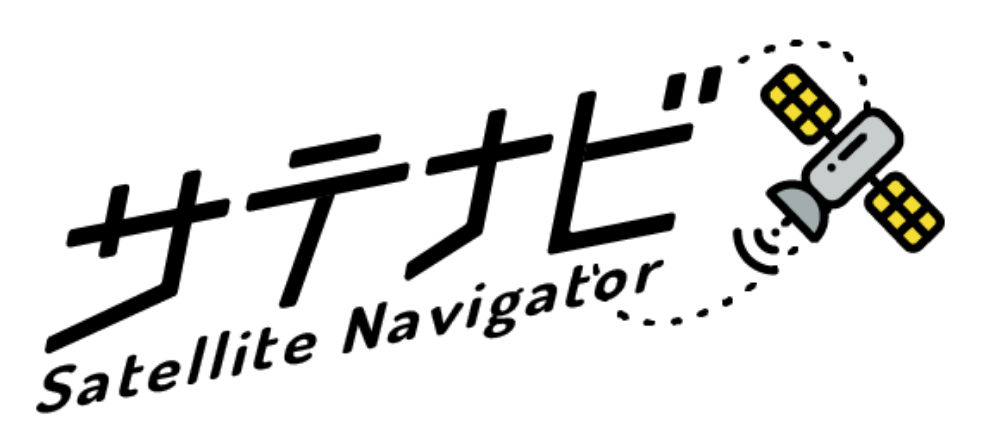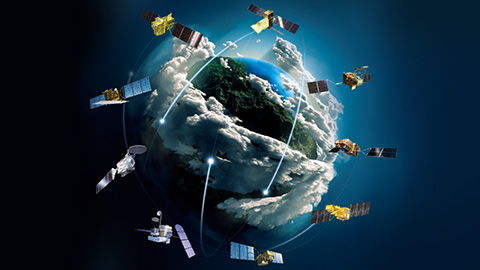News
2024.08.26 Mon
Listening to Satellite Data: Exploring Sonification Using the First Image Data from EarthCARE/CPR
On May 29, 2024, the Earth Cloud Aerosol and Radiation Explorer (EarthCARE) satellite, also known as “Hakuryu” (which means “White Dragon” in Japanese) was successfully launched. Using the observation data from the Cloud Profiling Radar (CPR) onboard the EarthCARE, JAXA has “sonified” the data to express the “sounds” that Hakuryu would hear from space.
What is “Sonification”?
When you hear the term “satellite observation data,” you might imagine detailed images of land, sea, or atmosphere viewed from space. The various types of information about Earth obtained through satellite observations are typically made publicly available as data (numerical values). These numerical values are often converted into images based on specific rules, making the information easier to understand visually and applicable in various fields. This method is called “visualization” of data.
On the other hand, converting numerical values into sound based on certain rules is called “sonification.” A familiar example of sonification is an electrocardiogram monitor, which alerts you to heartbeats with alarm sounds. In this project, JAXA explored the rules for converting the data observed by EarthCARE (Hakuryu) into sound, attempting to express the “sounds” Hakuryu might hear from space.
Sonification Using Hakuryu’s Data
The Cloud Profiling Radar (CPR) onboard Hakuryu is the world’s first satellite-mounted Doppler radar in the W-band (94 GHz), jointly developed by JAXA and NICT. In its first image, the CPR observed a cloud area in the Baiu front over the ocean at east of Japan, capturing the interior of the clouds and successfully measuring the vertical motion of clouds from space for the first time globally.
For the sonification, we used radar reflectivity data (the radar echo intensity reflected by clouds) obtained by the CPR. The stronger the radar reflectivity, the “louder” and “higher-pitched” the sound. To give the sonification a distinctly Japanese feel, we adopted the sound of the koto (Japanese herp) and mainly used the traditional Japanese pentatonic scale. These efforts created a more familiar and pleasant sonification experience. The rules established in this process can be easily applied to data from other satellites, allowing for the potential sonification of various satellite observation data.
In the video, you can hear the sounds generated as the line moves from top to bottom, tracing a cross-section of the clouds observed by Hakuryu. As you approach the center of the cloud, where the reflection intensity is strongest and considered the boundary between rain and cloud, the sound becomes louder and higher-pitched, allowing you to perceive the data’s characteristics through sound.
There have been several previous studies of sonification in the fields of space and Earth observation(*1). However, few studies have included the semi-automatic conversion of data into musical tones. Applying this technique to various satellite observation data may have possibilities to contribute various application fields. JAXA will continue to work on enhancing understanding and expanding the use of satellite data, including exploring new methods.
*1: Example of data sonification by NASA using Hubble Images
https://science.nasa.gov/mission/hubble/multimedia/sonifications/
Search by Year
Search by Categories
Tags
-
#Agreement
-
#Application
-
#Award
-
#Climate
-
#DAICHI (ALOS)
-
#DAICHI-2 (ALOS-2)
-
#DAICHI-3 (ALOS-3)
-
#DAICHI-4 (ALOS-4)
-
#Disaster Management
-
#EarthCARE/CPR
-
#Education
-
#GPM/DPR
-
#HIMAWARI
-
#IBUKI (GOSAT)
-
#IBUKI GW (GOSAT-GW)
-
#IBUKI-2 (GOSAT-2)
-
#KIZUNA (WINDS)
-
#SHIKISAI (GCOM-C)
-
#SHIZUKU (GCOM-W)
-
#Tour and Exhibits
-
#TSUBAME (SLATS)
Related Tags
Related News
- News 2025.10.01 Wed
- News 2025.07.08 Tue
- News 2025.06.30 Mon
- News 2025.06.30 Mon
- News 2025.06.30 Mon









